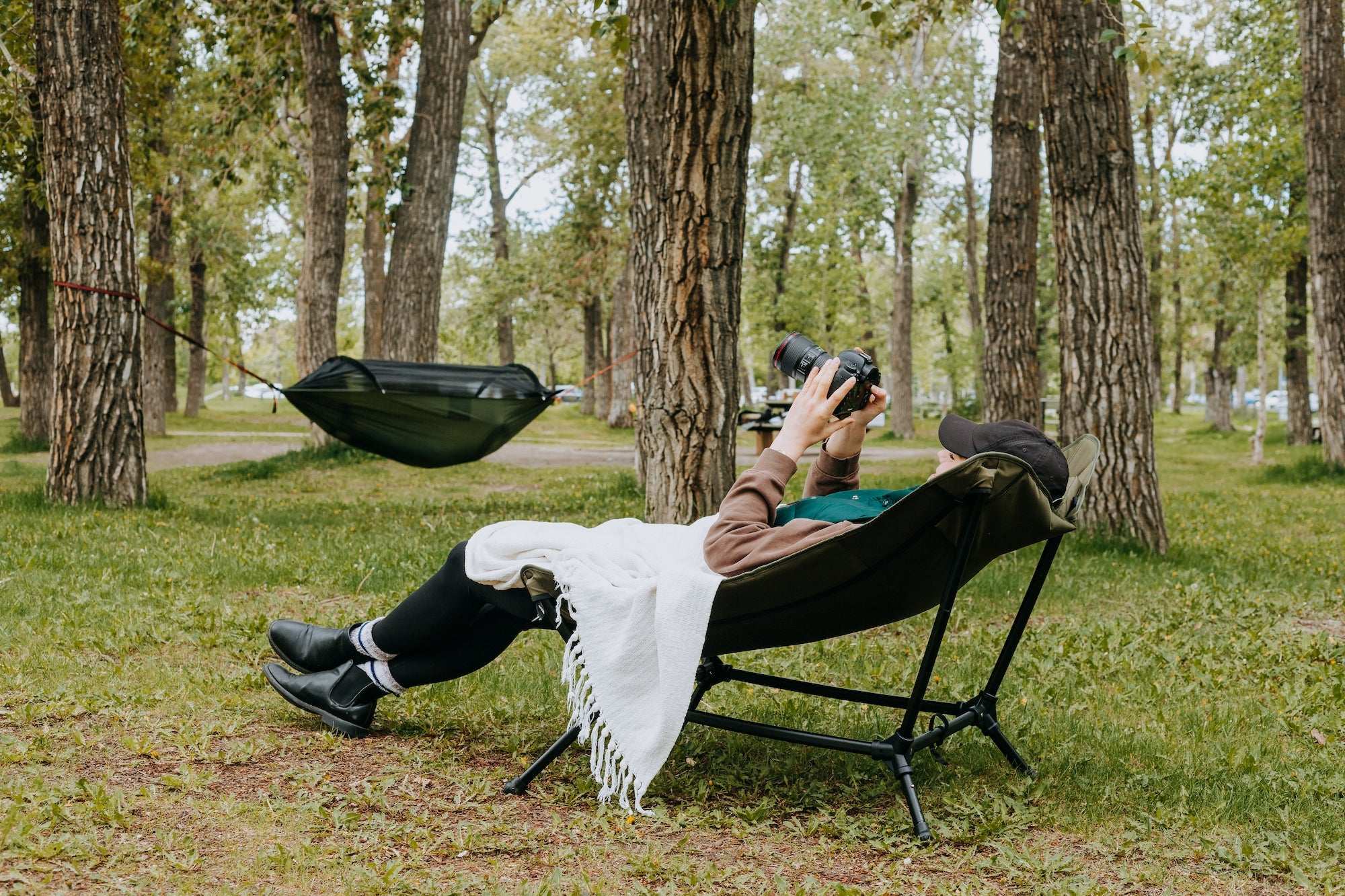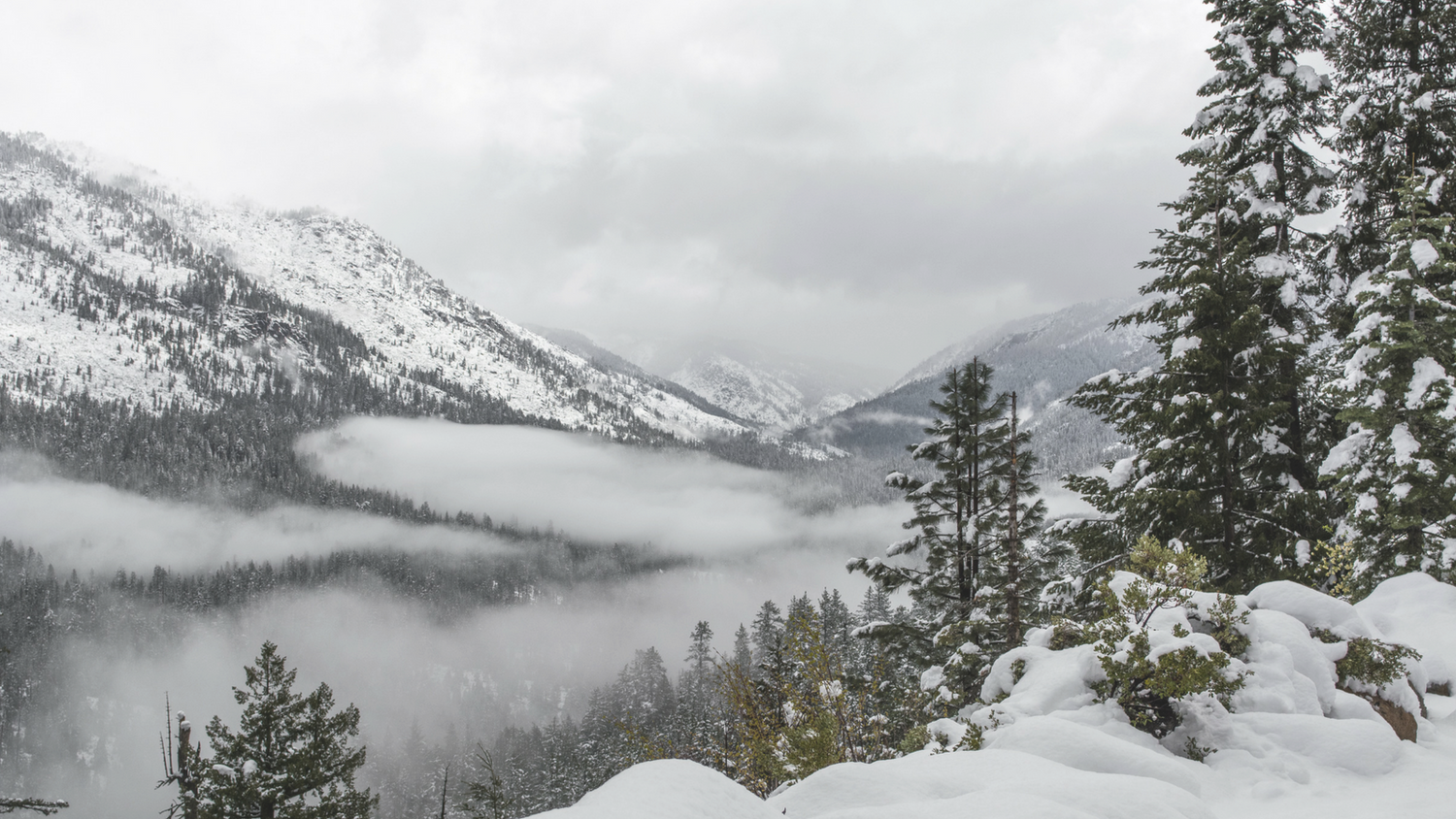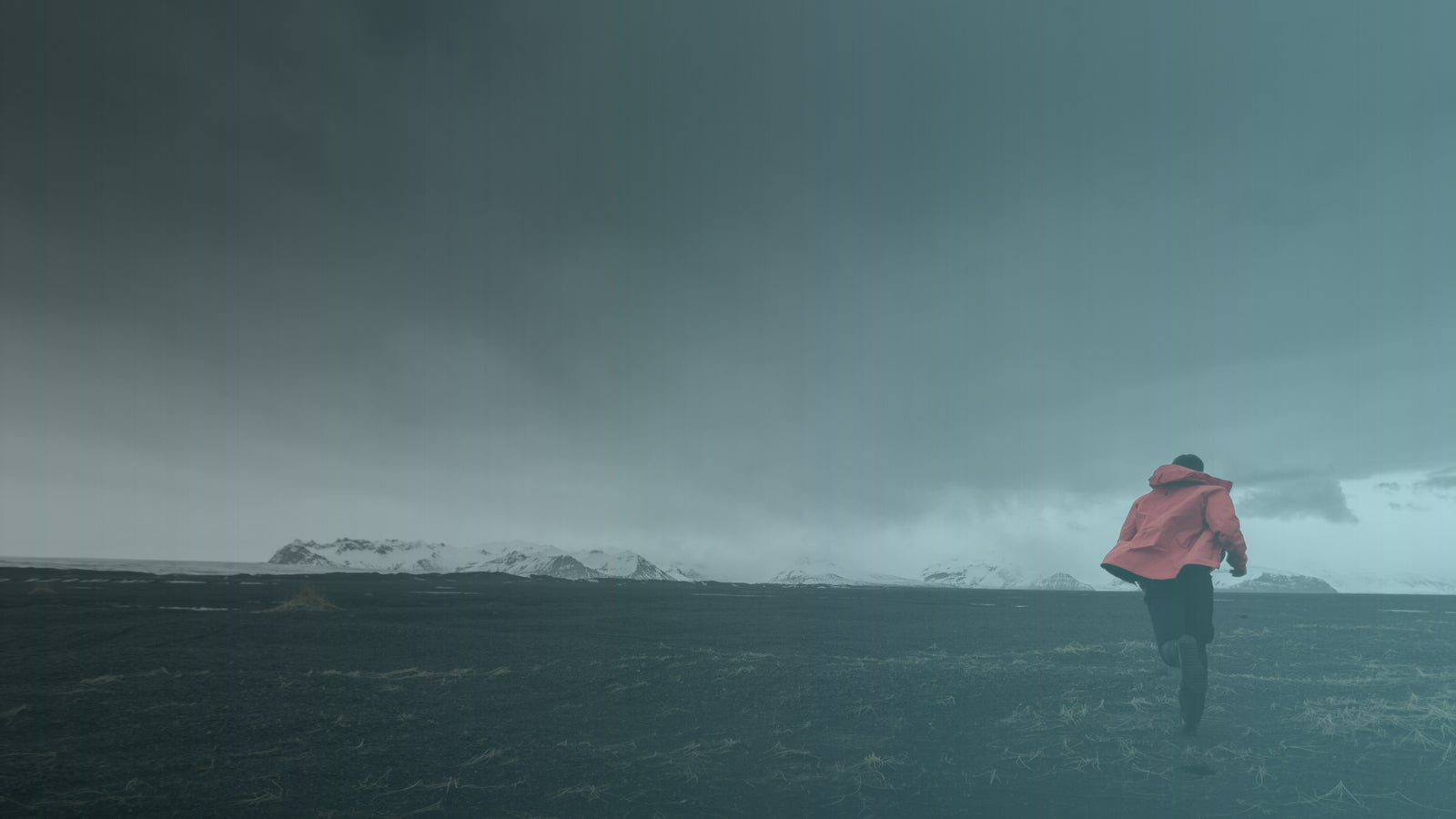When deciding what to pack for a winter hike, it’s important to have a basic list of items that will take into account everything from icy surface conditions to windy or snowy weather conditions. Just because a day starts off sunny doesn’t mean that you don’t have to prepare for snow, freezing rain, high winds or a host of other dangerous winter conditions. When packing for a winter hike, preparation is key.
As a general rule of thumb, you’ll want to have all of these essential items for a winter hike:
- Hard shell jacket (with hood) that is both waterproof and windproof
- A mid-layer such as fleece jacket or fleece pullover
- Insulated winter boots
- Hat and gloves
- Warm socks
- A base layer (non-cotton) that wicks away perspiration and moisture
You can think of this mini-list as a basic starting point. If you are simply going out for a short hike during mild winter weather conditions, this might be all that you need. However, if you plan on venturing out in especially wintry conditions, or going on an extended hike, you will need the following items in your backpack:
- Swiss Army knife
- Snacks and plenty of water (at least a 1-liter bottle for each person)
- Snow spikes for shoes or boots
- Sunglasses and/or sunscreen
- Compass and/or map
- First aid kit
- Spare clothing
Of these items, the ones that people tend to forget are #3 (the ice spikes) and #7 (the set of spare clothes). It really cannot be over-emphasized how important it is to have a winter traction system or some type of spike shoes if you are planning on navigating snowy or icy trails. Depending on how far and how long you are planning on hiking, you can never be entirely sure of what types of surface conditions you will encounter.
In Canada, trailspikes from companies such as Yatta Life are especially good at gripping icy surfaces and keeping you surefooted, even in the most dangerous and wintry conditions. Best of all, they easily slip over a pair of shoes or boots and are adjustable to a wide range of shoe sizes. That means you can take them on and off at any time, and simply store them in your backpack when you don’t need them. Surprisingly, most people tend to leave off these snow spikes from their winter hike packing list.
People also tend to forget about a set of spare clothing. Yet, one common problem on a winter hike is the sweat and perspiration that can build up as the body exerts energy to stay warm. And, if it’s raining or snowing outside, moisture and ice can get inside your outer shell jacket. As soon as you stop moving, that moisture buildup could become very dangerous, cooling down the body far too quickly. (In Hollywood movies, that’s why you might see a group of campers with chattering teeth in front of a cozy campfire – it’s not because their outer layer was not warm enough, it’s because their mid- or base layer became wet)
So the next time you are thinking about preparing for a winter hike, keep an open mind about the types of weather and surface conditions you might encounter along the way. Doing so will mean that you are prepared for anything Mother Nature might throw your way.





Leave a comment
All comments are moderated before being published.
This site is protected by hCaptcha and the hCaptcha Privacy Policy and Terms of Service apply.